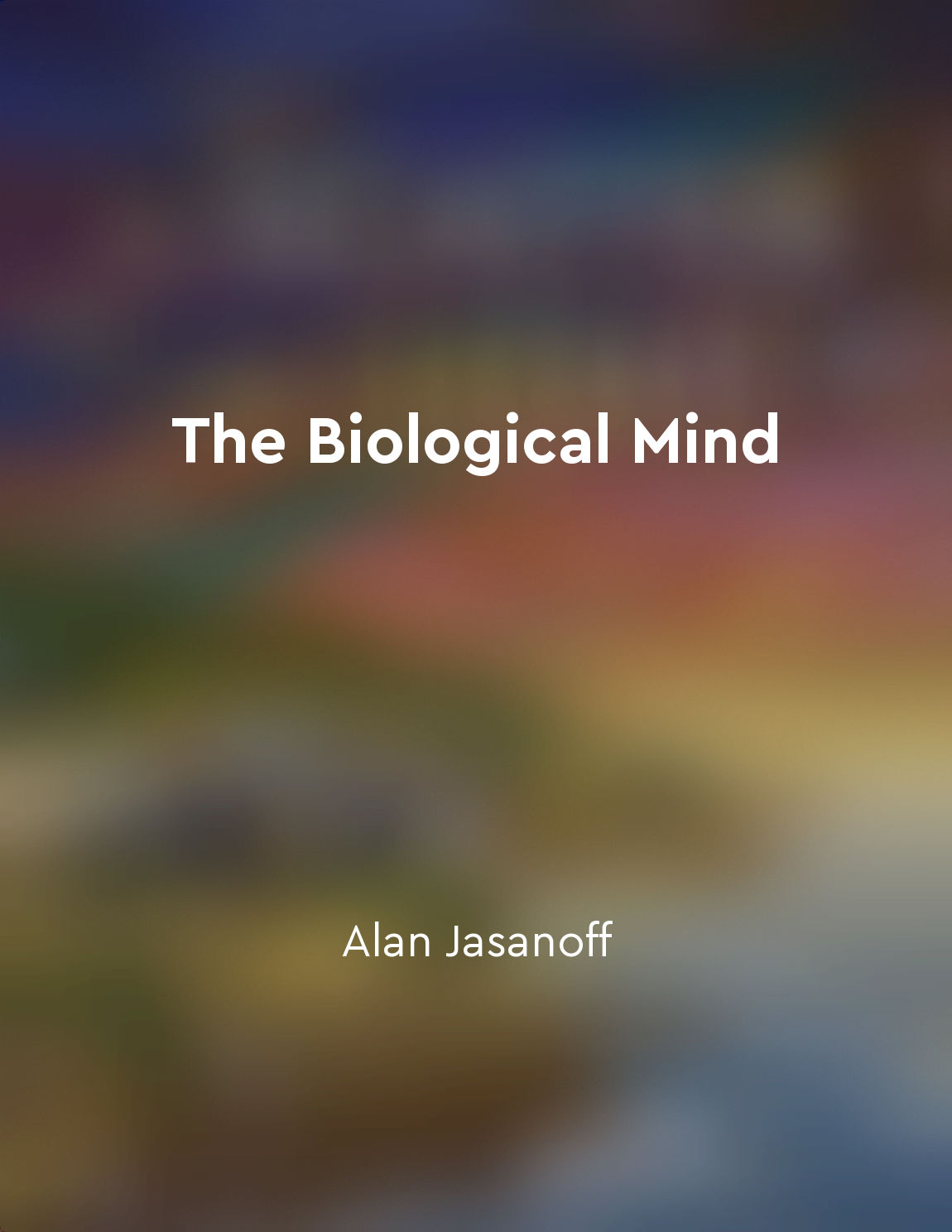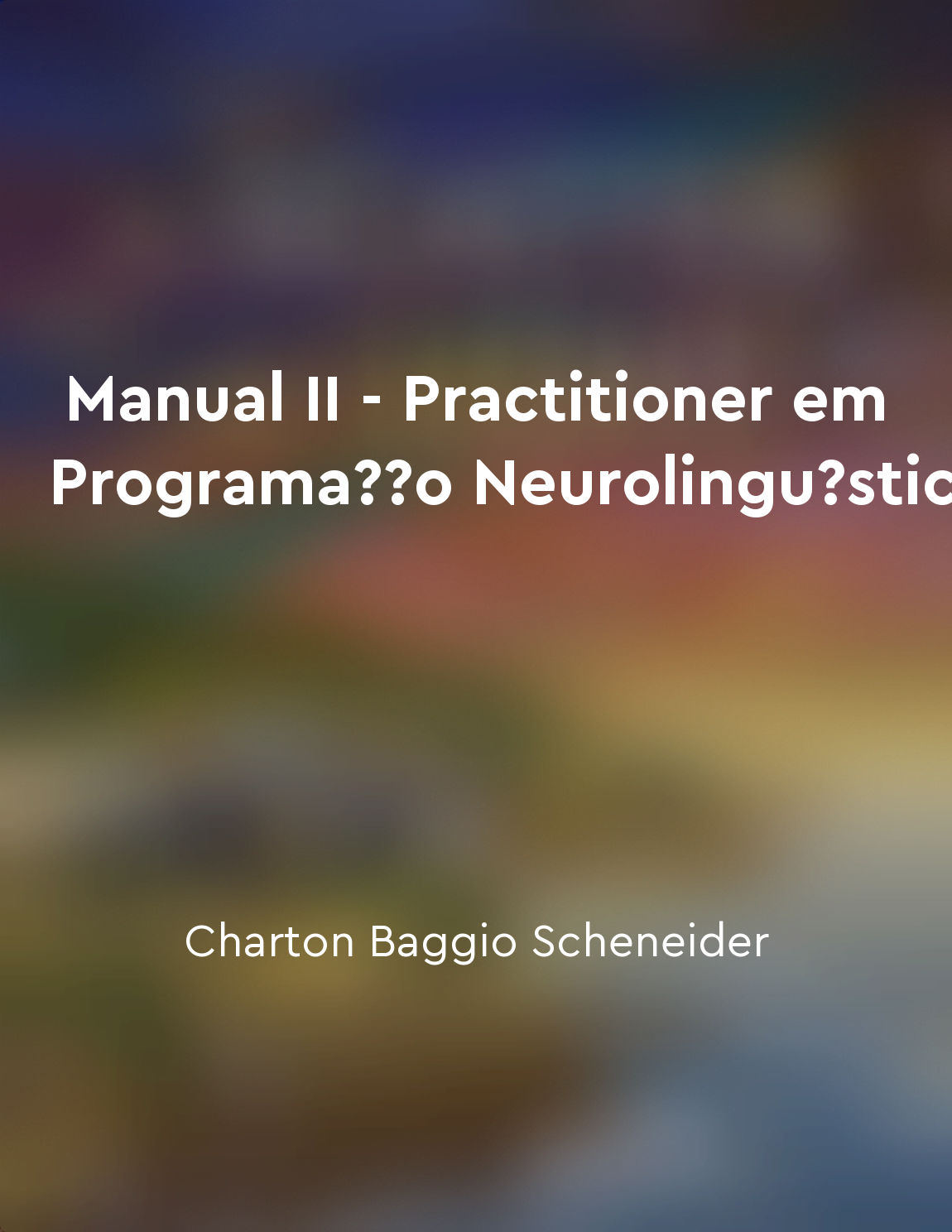Visualization techniques can aid in recovery from "summary" of The Brain's Way of Healing by Norman Doidge
Visualization techniques can aid in recovery by harnessing the brain's ability to create new neural pathways. When we picture ourselves performing a specific action or imagine a certain outcome, our brains actually activate the same neural networks as if we were physically carrying out that action. This process, known as mental rehearsal, can help strengthen these neural connections and improve our abilities in a given area. By engaging in visualization techniques, individuals can enhance their recovery from various physical and psychological conditions. For example, patients with chronic pain can use guided imagery to envision their bodies healing and experiencing relief from discomfort. This visualization can help rewire the brain's pain pathways, reducing the perception of pain and promoting a sense of well-being. In addition to pain management, visualization techniques can also be beneficial for individuals recovering from traumatic brain injuries. By visualizing themselves regaining lost skills or abilities, such as walking or speaking, patients can stimulate the brain regions responsible for these functions and facilitate recovery. This mental practice can create a foundation for actual physical rehabilitation efforts, making the recovery process more efficient and effective. Furthermore, visualization techniques can be applied to improve cognitive function in individuals with conditions such as stroke or neurodegenerative diseases. By mentally rehearsing specific tasks or exercises, patients can strengthen the neural connections involved in these activities and enhance their cognitive abilities. This form of mental practice can lead to improved memory, attention, and overall cognitive function.- Visualization techniques offer a powerful tool for promoting recovery and enhancing brain function. By tapping into the brain's innate capacity to adapt and change, individuals can leverage the benefits of mental rehearsal to facilitate healing and improve their quality of life. Through consistent practice and dedication, individuals can harness the brain's way of healing to achieve remarkable results in their recovery journey.
Similar Posts
Brain provides sensations
The brain plays a crucial role in providing sensations to the body. It receives information from the external environment throu...

Emotions are a result of intricate brain processes
Understanding emotions as a product of complex brain activities reveals the intricate nature of our feelings. The brain, a rema...
Brainhealthy habits can improve overall quality of life
By adopting brain-healthy habits, you have the power to greatly enhance your overall quality of life. These habits can positive...

Brain seeks to conserve energy
The brain, in all its complexity, is a master at finding ways to save energy. This may sound counterintuitive, given the brain'...
Your thoughts create your reality
The concept that your thoughts create your reality is a fundamental principle of human life. It is not merely a belief or an id...
Contrast: highlighting differences to make decisions
Contrast is a powerful mental trigger that can help us make decisions more effectively. By highlighting differences between opt...

Take risks and step out of your comfort zone
Diving into new experiences might feel intimidating, but it is essential for growth. By challenging yourself and embracing the ...

Techniques for influencing and persuading others with NLP
The techniques for influencing and persuading others with NLP involve a set of powerful tools that can be used to communicate m...
Overcoming visual challenges can lead to enhanced abilities
Oliver Sacks explores the intriguing idea that individuals who face visual challenges may actually develop enhanced abilities a...
Understand yourself
To truly know yourself is to understand your thoughts, emotions, and behaviors. It requires a deep level of self-awareness and ...

